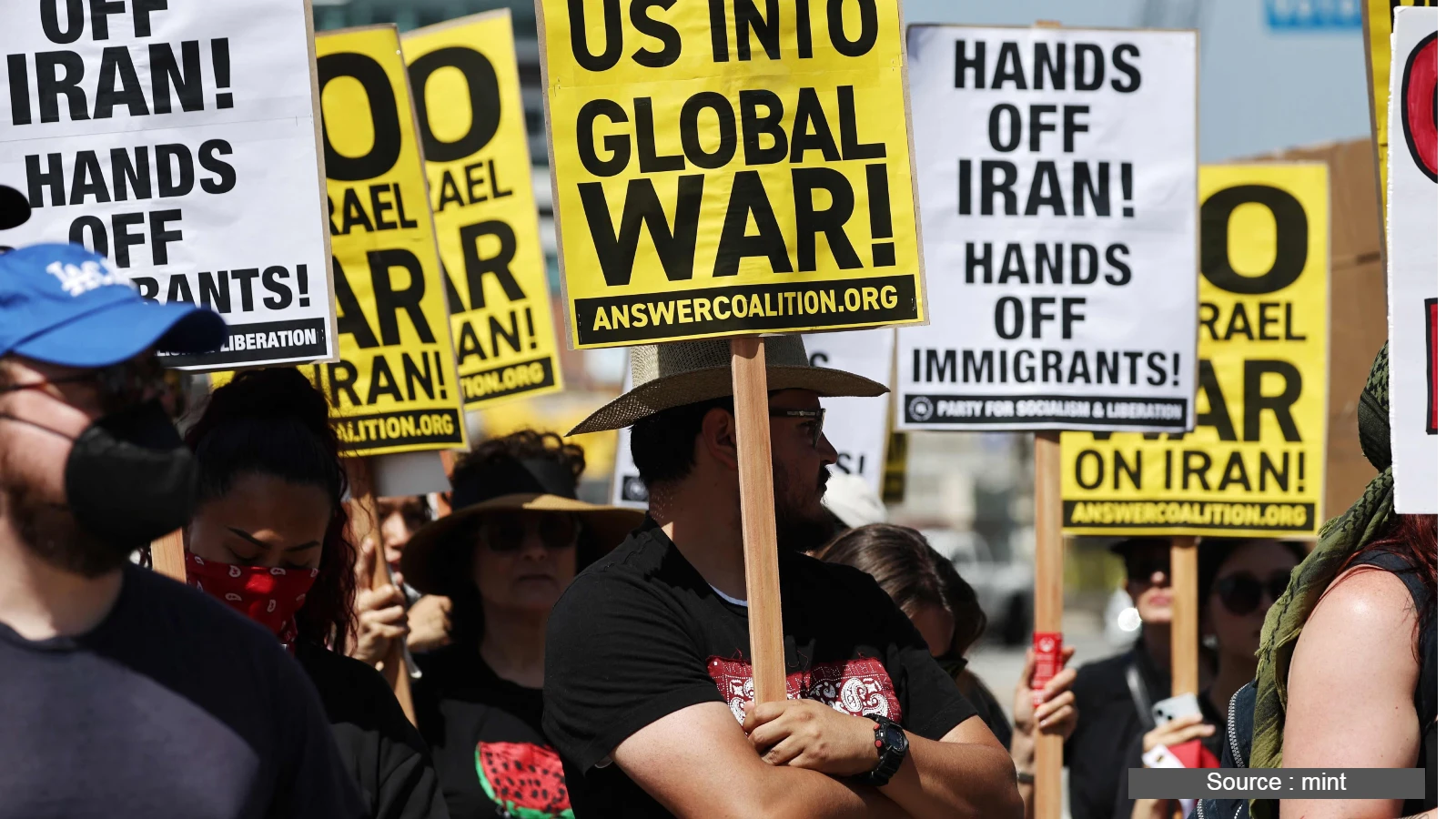Introduction
As geopolitical tensions escalate between the U.S., Israel, and Iran, American streets are witnessing a wave of anti-war protests. These civil disturbances, triggered by recent military strikes, have taken hold in major metropolitan areas like Washington D.C., New York, and Los Angeles. In this risk analysis, we explore the scale, severity, and implications of these protests—shedding light on business disruptions, public safety, and operational risks.
What Is Risk Analysis in the Context of Civil Unrest?
Risk analysis is the systematic process of identifying, assessing, and mitigating risks to operations, assets, and people. In the context of civil unrest like protests, this involves evaluating the probability and impact of disruptions, from road closures to safety threats and reputational damage.
Executive Summary: Low to Moderate Risk Level
- Date of Incident: 22 June 2025
- Location: Washington D.C. and other major U.S. cities
- Risk Category: Civil Disturbances
- Severity Score: 2/5
- Confidence Level: 85%
While the protests remain largely symbolic and non-violent, their ripple effects on urban mobility, social cohesion, and business continuity cannot be ignored. According to our risk dimension matrix, the most impacted areas include travel & mobility, people safety, and business operations.
Business Continuity Recommendations
Organizations operating in affected areas should adopt the following proactive measures:
- Enable Remote Work: Especially in cities like D.C., NYC, and L.A.
- Secure Physical Assets: Increase security presence near protest routes
- Review BCP Plans: Ensure critical operations can shift locations
- Activate Crisis Teams: Monitor social media and local alerts for escalation
Known Hotspots and Sensitive Areas
Protests have been concentrated around politically sensitive zones such as:
- The White House & Lafayette Square (Washington D.C.)
- United Nations HQ (NYC)
- Federal buildings in downtown Los Angeles and Chicago
- Diplomatic missions (e.g., Iranian & Israeli consulates)
These areas are likely to see continued unrest over the next 3–5 days, especially during evenings and weekends.
Impact on Transportation and Utilities
- Metro and Bus Disruptions: Temporary exit closures (e.g., McPherson Square, 42nd Street–Grand Central)
- Traffic Gridlocks: Pennsylvania Ave NW (D.C.), 1st Ave (NYC), Spring St (L.A.)
- Utilities Unaffected: No deliberate damage reported or anticipated
Emergency Resources
- D.C. Emergency Line: +1-202-727-6161
- NYC Emergency Line: 311 or +1-212-639-9675
- Follow for Updates: @Readygov, @DCPoliceDept, @NYPDnews
Final Thoughts
While the current wave of anti-war protests is low-to-moderate in risk, businesses, government agencies, and local communities must not be complacent. A robust risk analysis helps preempt disruptions and safeguard operations. With the right preparation—from enabling remote work to securing physical premises—organizations can remain resilient even amid geopolitical volatility.
Stay ahead of operational risks with real-time alerts, scenario modeling, and expert advisories. Start your 14-day free trial of Datasurfr’s Risk Intelligence Platform today.






